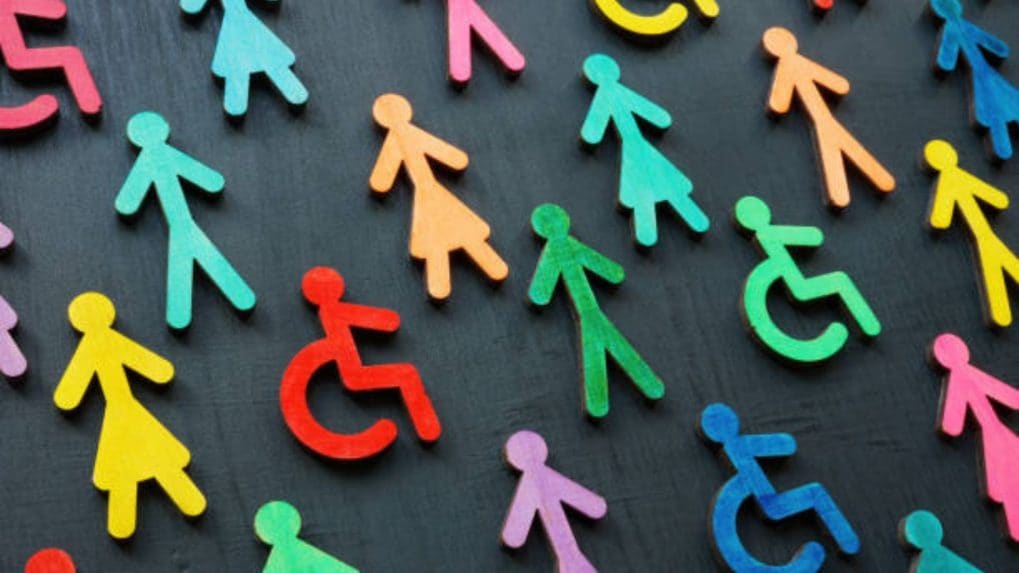Digital
Why OpenAI is hiring 100 ex-bankers: Inside the ChatGPT-maker's secret project to automate Wall Street's grunt work

The booming digital economy, home to thousands of consumer-facing apps ranging from food delivery and fintech to mobility and entertainment, is leaving behind a critical segment of the population: users who rely on screen readers and assistive technologies. Despite increasing awareness of inclusive design principles globally, accessibility remains a footnote, if acknowledged at all, in most Indian app development cycles.
Interviews with design professionals and accessibility advocates reveal an ecosystem grappling with internal inertia, limited awareness, and a misalignment between design ideals and business priorities.
Designers Understand Accessibility. Leadership Often Doesn’t.
Ashrith Shetty, a user experience (UX) leader with global training, recalls being told at a former employer that accessibility was “a luxury.” He attributes this to a widespread lack of education.
“In the U.S., inclusive design was embedded in our curriculum,” he said. “We were taught that features originally developed for people with disabilities often end up benefiting everyone. In India, unfortunately, accessibility is still treated as a feature for the last 5 percent of users, not as a foundational design principle.”
Shetty recounts one personal turning point. After implementing accessibility upgrades as a design manager, he received a message from a blind user expressing gratitude. “That made it real for me,” he said. But he quickly learned that change often requires a business case. “To get buy-in, I had to frame it in terms of compliance risk. If you're targeting the U.S. market, you need to meet ADA standards, or face legal consequences.”
Missed Standards and Minimal Implementation
The gaps in accessible design are both basic and pervasive, Shetty said. “Color contrast, font size, alt-text - these are elementary checks, but they're routinely missed.”
Using contrast checkers to accommodate color-blind users, ensuring text readability with adequate font sizes, and providing alternative text for images are among the most frequently overlooked features. “Without alt-text, a blind user won’t even know what they’re buying,” Shetty noted.
Even when accessible designs are created, they are often lost in translation during development. “You need tight coordination with engineering. Accessibility can’t be siloed within the design team.”
Shashikant Sharma, a senior designer who regularly audits popular apps, outlined a broader checklist: intuitive tab orders, adjustable font settings and screen reader compatibility across every transaction step.
“The app’s visual hierarchy should follow international WCAG standards. Every icon or button should be labeled. These aren’t just best practices, they’re basic usability requirements,” he said.
A Culture of Deadlines, Not Inclusion
The push to build fast and scale quickly often sidelines inclusive features. “App development here is a high-pressure race, tight budgets, short sprints,” said Manoj Bhadana, a UX lead and design mentor. “Accessibility gets sacrificed at the altar of the MVP.”
User testing almost never includes people with disabilities, he added, and recruiting such participants is often seen as too niche or expensive. “When your testing base lacks diversity, major usability flaws, like inaccessible buttons or videos without captions, go unnoticed.”
For many Indian startups, the focus remains on language localization and low-bandwidth optimization. “Those are important,” Bhadana said, “but they often come at the cost of accessibility.”
Sharma estimates that ignorance, rather than intent or cost, drives most of the problem. “A clean-looking interface might satisfy QA, but if it lacks alt-text or readable fonts, it’s not functional for everyone.”
Mindset Over Money
While cost is frequently cited as a constraint, experts say the underlying issue is cultural and organizational. “Accessibility is as much about mindset as it is about money,” Bhadana said. “Designers must advocate for users, all users. It’s about embedding empathy into every stage of the process.”
He acknowledges the need for tools and training, especially for complex platforms, but argues that early integration of accessible design ultimately saves time and resources. “When teams align around inclusion, budget conversations become easier. It’s not just about compliance, it’s about dignity.”
The Need for Accountability
In the absence of regulation, accessibility often depends on individual initiative. Shetty, who has advocated for stronger standards within his own teams, believes that real change will only come with legal pressure.
“Look at what GDPR did for data privacy,” he said. “The moment a similar law comes in for accessibility, you’ll see companies start to care.”
Until then, the burden remains on conscientious designers, empathetic engineers and users willing to speak up. “For one person, that change might make all the difference,” Shetty said. “For me, that’s enough reason to keep pushing.”
From purpose-driven work and narrative-rich brand films to AI-enabled ideas and creator-led collaborations, the awards reflect the full spectrum of modern creativity.
Read MoreIn a wide-ranging interview with Storyboard18, Sorrell delivers his frankest assessment yet of how the deal will redefine creativity, media, and talent across markets.